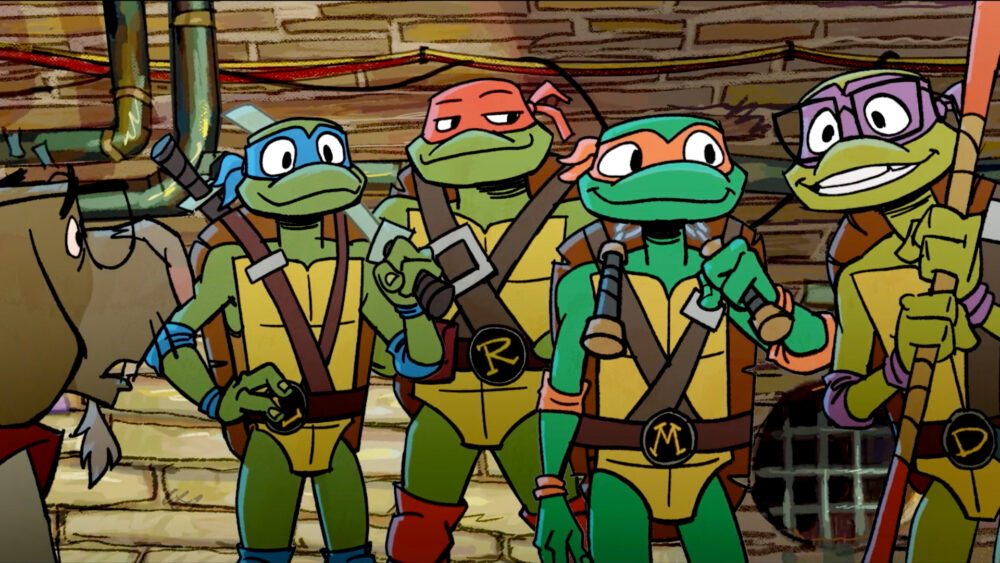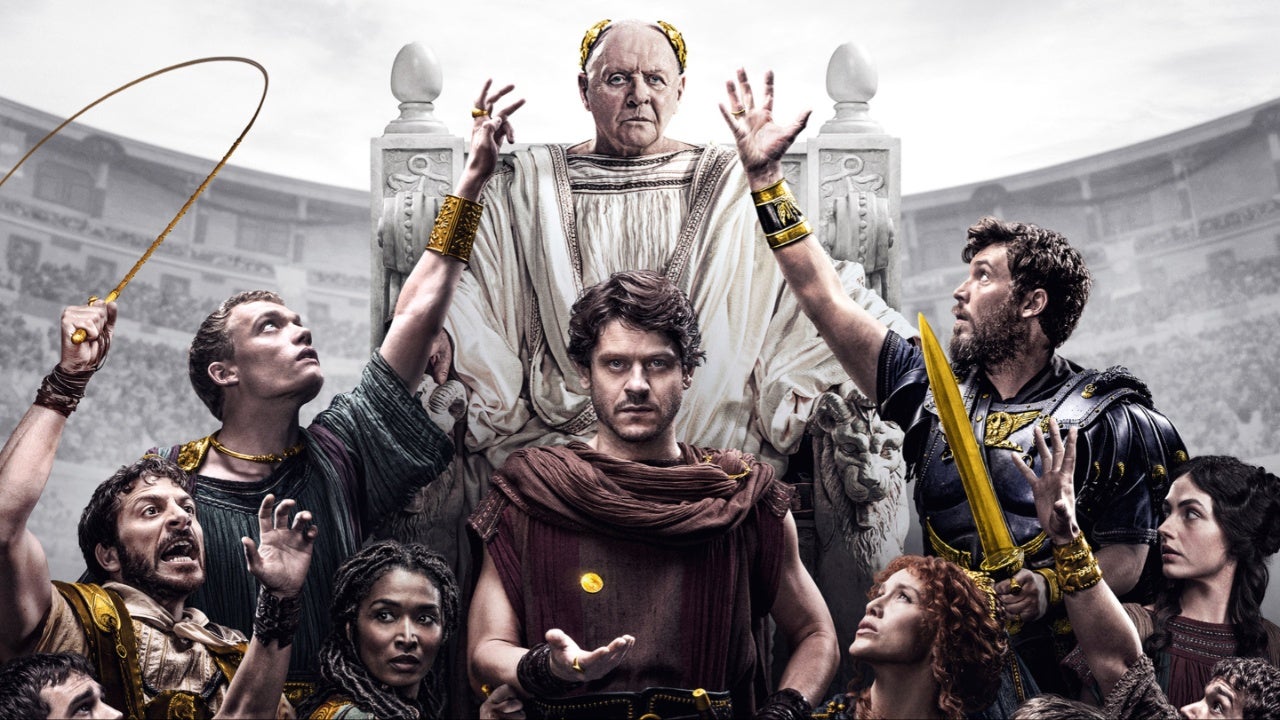When one watches a Yorgos Lanthimos film, one must be prepared for a bit of nastiness. Or rather, an orgy of nastiness. Whatever cynical pessimism one feels towards one’s fellow man, or woman, as in the case of his latest film, The Favorite, set in the English royal court of Queen Anne (reigning 1702-1714), one leaves the theater with that cynicism turned to loathing.
One must also be prepared to see this slide into misanthropy executed with brilliant and courageous artistic flare. The writing, directing, art direction, music, cinematography, and most particularly, the acting, is all of such a high caliber that one almost forgets that the end goal is degradation.
Stanley Kubrick, of course, is the grand master of films that speak to man’s brutality in the most beautiful and inspiring of ways, creating a tension between the subject matter and the execution. Lanthimos snaps that tension by pushing both the subject matter and the style to such an extreme that we enter the realm of emotional and interpersonal Grand Guignol.
Where Kubrick, in all his films but Barry Lyndon is the obvious comparison here, prefers a wide angle lens, Lanthimos widens the lens to a fisheye so that rococo walls bend and swirl in dizzying loops. It’s not constant, but it always feels as if the film and the action is bursting to be free all restraints. Similarly, the characters in Barry Lyndon carry themselves like cultured paradigms, often self-deluded, while the only self-delusion in The Favorite is in the Queen herself. Though she is slowly rotting away with gout, she maintains the delusion that she is a woman in total control. In fact, the principle parties beneath her are engaged in a feral battle beneath the wigs and waistcoats. And finally, where sexual adventurism and power plays were an undercurrent in Kubrick, in Lanthimos they are a flood.
What keeps it afloat? What holds it all together? What makes his films as appealing as they are repellent?
The quick and easy answer are the performances.
Lanthimos casts his films with the finest actors and gets from them performances that ground the action, humanize the grotesqueries, and make the madness bearable. Olivia Colman’s performance as Queen Anne is one of the finest I’ve seen this year. One of the most appealing of actresses, most appealing because of her normality and relatability (Broadchurch), Colman’s Queen is played delicately on the edge of gross incompetency, tragedy (she suffered 17 miscarriages and substituted each lost child with a bunny in and out of a cage), physical decay, sexual hunger, insecurity, and royal privilege. Colman makes every eye twitch, every pout and furrowed brow, limp and laugh charged with ironic significance.
Rachel Weisz, an actress who with good material (The Deep Blue Sea, The Constant Gardener) brings an intelligence, fire, and guarded vulnerability to the screen and makes her one of finest actresses working, plays the role of Sarah Churchill, Duchess of Marlborough, the Queen’s close friend and advisor, with such simmering bravado and confidence that she makes for a formidable opponent. And her opponent in this story is her cousin, Abigail Masham, the favorite of the title, played with a feral impishness by Emma Stone. Stone is at a point in her career, it strikes me, where the question is where to place her. Not in terms of box office, but in terms of level of talent. Is she a peer of Weisz, Colman and Nicole Kidman, all Lanthimos favorites? For many, myself included, this films provides that question with at least the potential of an affirmative. She excels here, and hope she’ll be offered suitably challenging roles in the future.
As for the men in this film, it doesn’t matter. They are support and background, narrative architecture, just as all the servants are near silent framing for the lives of the powerful. It’s the women who count. It’s the women who are holding the palace up. It’s the women who are at battle. It’s the women who connive and scheme. It’s the women who bring humanity slouching towards the edge. Welcome to the Enlightenment. Welcome to the world of Yorgos Lanthimos.

Events
Paramount+ Reveals Official Main Title Sequence for the Upcoming Series TALES OF THE TEENAGE MUTANT NINJA TURTLES

During the TALES OF THE TEENAGE MUTANT NINJA TURTLES panel earlier today at San Diego Comic Con, Paramount+ revealed the official main title sequence for the series. The sequence is composed by EMMY® nominee, Matt Mahaffey, known for his work on Sanjay and Craig, Rise of the Teenage Mutant Ninja Turtles, and Rise of the Teenage Mutant Ninja Turtles: The Movie and much more.
From the studios of the Mutant Mayhem film, the all-new Paramount+ original series TALES OF THE TEENAGE MUTANT NINJA TURTLES explores the adventures of everyone’s favorite pizza-loving heroes as they emerge from the sewers onto the streets of NYC. Leo, Raph, Donnie and Mikey are faced with new threats and team up with old allies to survive both teenage life and villains lurking in the shadows of the Big Apple. The series is produced by Nickelodeon Animation and Point Grey Pictures.
TALES OF THE TEENAGE MUTANT NINJA TURTLES is executive produced by Chris Yost (The Mandalorian, Thor: Ragnarok) and Alan Wan (Blue Eye Samurai, Rise of the Teenage Mutant Ninja Turtles, Teenage Mutant Ninja Turtles [2012 Series]). Production is overseen for Nickelodeon by Claudia Spinelli, Senior Vice President, TV Series Animation, Nickelodeon, and Nikki Price, Director of Development and Executive in Charge of Production.
In addition to the upcoming new series, stream all things Turtles on Paramount+.
Events
Comic-Con 2024: Those About to Die Activation
Events
DISNEY+ CASTS DANIEL DIEMER AS FAN-FAVORITE ‘TYSON’IN SEASON TWO OF “PERCY JACKSON AND THE OLYMPIANS”

in Hall H at San Diego Comic-Con, Rick Riordan and Disney+ revealed that Daniel Diemer (“Under the Bridge”) will star as fan-favorite cyclops “Tyson” in the epic adventure series “Percy Jackson and the Olympians.” Diemer joins Walker Scobell (Percy Jackson), Leah Sava Jeffries (Annabeth Chase) and Aryan Simhadri (Grover Underwood) as a series regular. The Disney+ Original series from Disney Branded Television and 20th Television will start filming its second season next week in Vancouver.
Season two of “Percy Jackson and the Olympians” is based on the second installment of Disney Hyperion’s best-selling book series titled “The Sea of Monsters” by award-winning author Rick Riordan. In the new season, Percy Jackson returns to Camp Half-Blood one year later to find his world turned upside down. His friendship with Annabeth is changing, he learns he has a cyclops for a brother, Grover has gone missing, and camp is under siege from the forces of Kronos. Percy’s journey to set things right will take him off the map and into the deadly Sea of Monsters, where a secret fate awaits the son of Poseidon.
Diemer stars as Tyson – a young Cyclops who grew up all alone on the streets, and finds it difficult to survive in the human world. Shy and awkward, with a heart almost as big as he is, Tyson soon discovers that Poseidon is his father, which means Percy Jackson is his half-brother… and that Tyson may have finally found a home.
Diemer recently starred in the Hulu limited series “Under the Bridge” based off the critically acclaimed book of the same name and a tragic true story of a missing teen girl in Vancouver in 1997. He will next star in the indie “Thug” opposite Liam Neeson and Ron Perlman for director Hans Petter Moland. Daniel was recently seen as the lead in the indie “Supercell” opposite Alec Baldwin and Skeet Ulrich and the lead in the film “Little Brother” opposite Phil Ettinger and JK Simmons. Daniel can also be seen in the Netflix series “The Midnight Club” and recently starred as the male lead in the breakout hit Netflix feature “The Half Of It” from producer Anthony Bregman and director Alice Wu. He is a graduate of Victoria Academy of Dramatic Arts in Vancouver.
Created by Rick Riordan and Jonathan E. Steinberg, season two of “Percy Jackson and the Olympians” is executive produced by Steinberg and Dan Shotz alongside Rick Riordan, Rebecca Riordan, Craig Silverstein, The Gotham Group’s Ellen Goldsmith-Vein, Bert Salke, The Gotham Group’s Jeremy Bell and D.J. Goldberg, James Bobin, Jim Rowe, Albert Kim, Jason Ensler and Sarah Watson.
The first season of “Percy Jackson and the Olympians” is available on Disney+
-

 Interviews1 day ago
Interviews1 day agoInterview With Heroes & Villains Creative Director Doug Johnson
-

 Streaming1 day ago
Streaming1 day agoApple TV+ announces season two for delightful kids and family series “Camp Snoopy
-

 Events1 day ago
Events1 day agoThat’s My E Coverage Of The Adult Swim’s Pirate Parrrty
-

 Events12 hours ago
Events12 hours agoParamount+ Reveals Official Main Title Sequence for the Upcoming Series TALES OF THE TEENAGE MUTANT NINJA TURTLES
-

 Events15 hours ago
Events15 hours agoDISNEY+ CASTS DANIEL DIEMER AS FAN-FAVORITE ‘TYSON’IN SEASON TWO OF “PERCY JACKSON AND THE OLYMPIANS”
-

 Interviews16 hours ago
Interviews16 hours agoComic-Con 2024: Will Wight’s Cradle
-

 Events15 hours ago
Events15 hours agoComic-Con 2024: Those About to Die Activation


